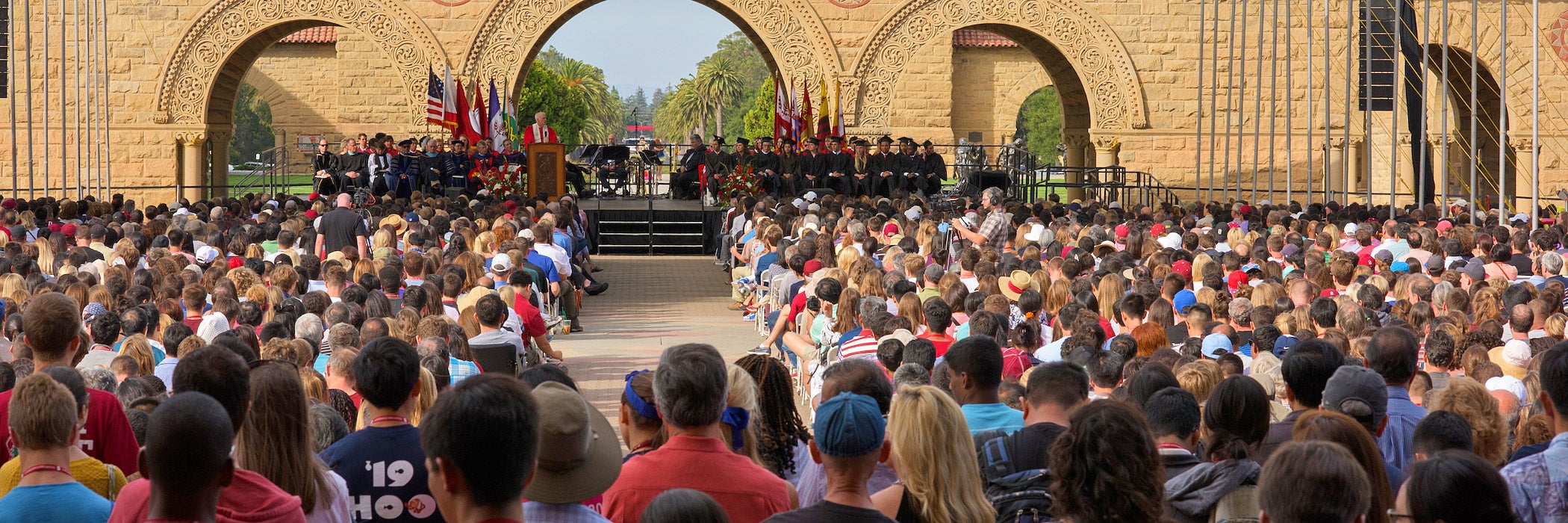Stanford University resources related to academic freedom and freedom of expression:
- Statement on Academic Freedom
- Faculty Senate’s Statement on Freedom of Expression and Institutional Statements Policy
- Fundamental Standard for student conduct
- Freedom of Speech and the Fundamental Standard
- Protected Identity Harm Reporting process
- Policy on Campus Disruption
- Non-discrimination Policy
- Policy for Events Requiring Security or Extraordinary Resources
- Student Event Planning Policies
- Anti-Doxxing Policy
